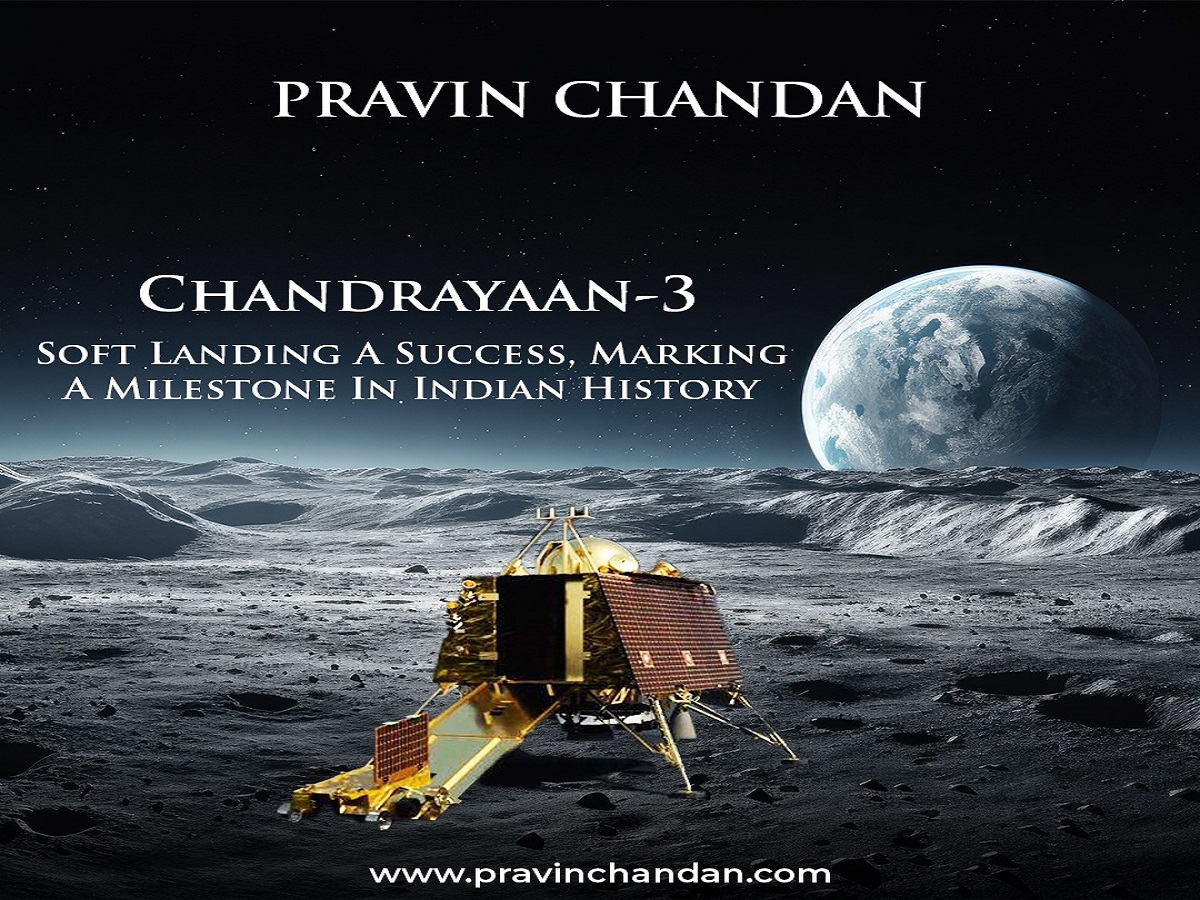The Indian space program has consistently demonstrated its prowess on the global stage, and Chandrayaan-3 is a testament to this remarkable achievement. In this blog post, we delve into the significance of Chandrayaan-3 for India and explore how the country managed to execute such a crucial lunar mission at a fraction of the cost. Let's embark on a journey through space and technology, uncovering the marvels of Chandrayaan-3.

Introduction: Chandrayaan-3 and Its Importance
Chandrayaan-3, India's third lunar exploration mission, has generated waves of excitement and curiosity both within the nation and across the world. This mission holds immense importance for several reasons:
Scientific Exploration: Chandrayaan-3 aims to continue India's pursuit of scientific knowledge by exploring the Moon's surface in greater detail. It will carry advanced instruments to gather data about the lunar terrain, composition, and environment, contributing to our understanding of celestial bodies.
Technological Advancement: The mission showcases India's growing prowess in space technology. Developing and deploying the required technology for a lunar mission is no small feat and underscores the nation's technological capability.
International Collaboration: Chandrayaan-3 signifies India's collaborative efforts with other space-faring nations. Sharing data and expertise on space exploration fosters a global community of scientists and engineers working together for the advancement of human knowledge.
Achieving More with Less: The Budget Advantage
One of the most intriguing aspects of Chandrayaan-3 is the cost-effectiveness with which it has been executed. India has demonstrated a remarkable ability to achieve significant space missions while keeping costs under control. Here's how this feat was accomplished:
Frugal Engineering: Indian space scientists have a history of innovative thinking and frugal engineering. By optimizing designs, using indigenous components, and reusing technology from previous missions, the overall cost of the mission is drastically reduced.
Economies of Scale: India's growing experience in space missions has allowed it to benefit from economies of scale. With each mission, the expertise gained translates into more efficient processes and better resource management.
In-house Expertise: The reliance on indigenous expertise plays a pivotal role in cost reduction. India's space agency, ISRO (Indian Space Research Organisation), nurtures a pool of skilled engineers, scientists, and technicians who contribute to the success of the mission.
Conclusion: A Leap Towards the Stars
Pravin Chandan concludes that Chandrayaan-3 is more than just a lunar mission; it's a testament to India's determination, scientific capability, and cost-effective approach to space exploration. As the mission embarks on its journey, it not only advances our understanding of the Moon but also highlights India's position on the global space map. By achieving more with less, India sets an inspiring example for space-faring nations around the world.
In an era where space missions are often associated with high costs, Chandrayaan-3 stands as a beacon of innovation, reminding us that the sky is not the limit when it comes to human ingenuity. With each launch, India takes a giant leap toward the stars, and the world watches in awe as the nation's space program continues to reach new heights.
The Moon presents numerous exciting engineering challenges. It is an excellent place to test technologies, flight capabilities, life support systems, and exploration techniques to reduce the risks and increase the productivity of future missions.